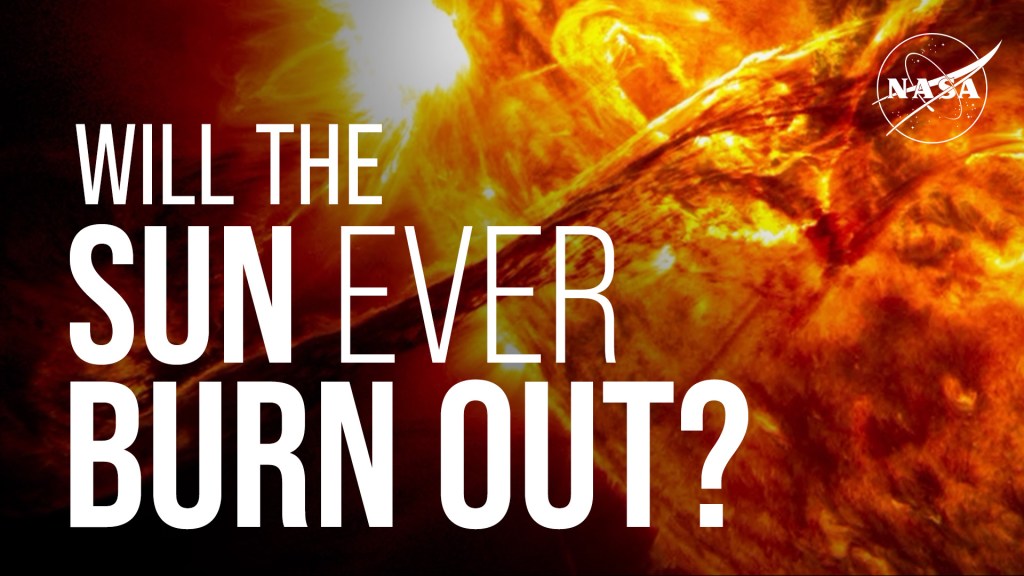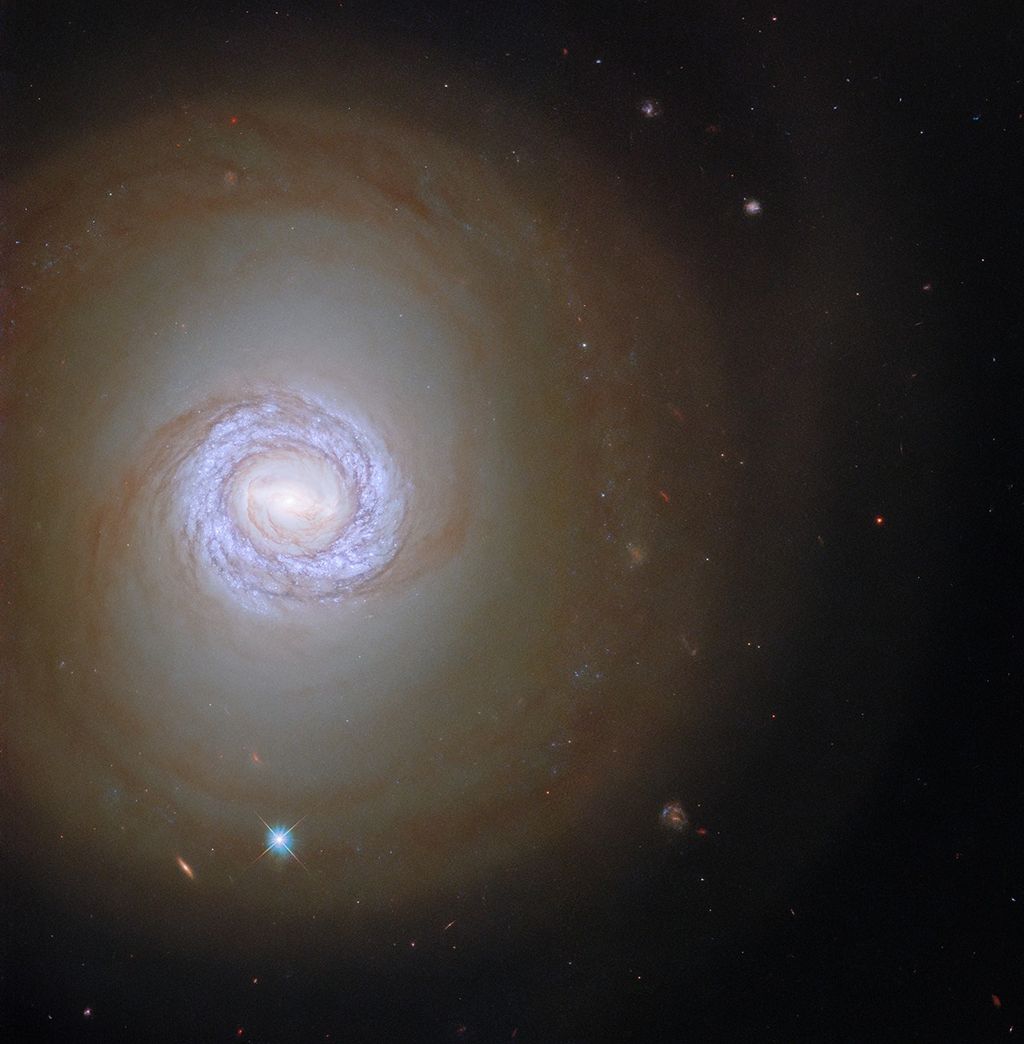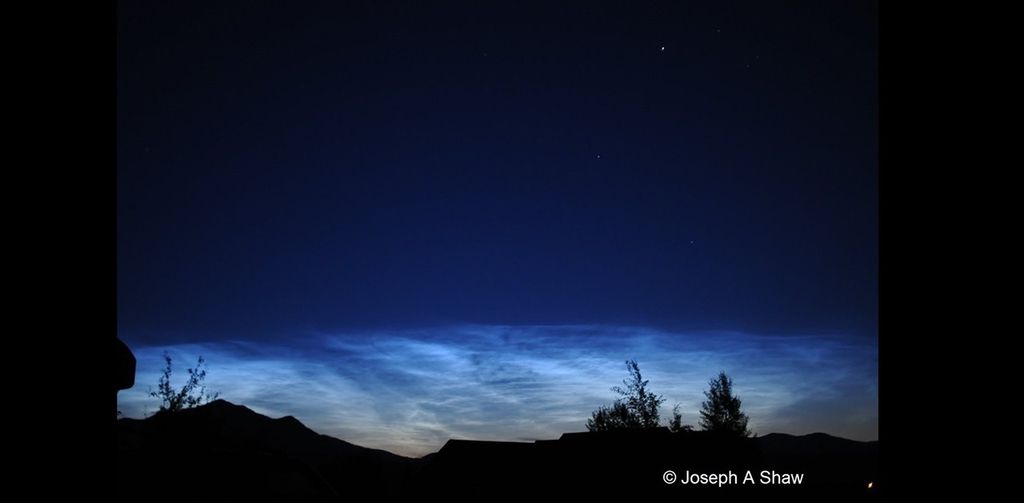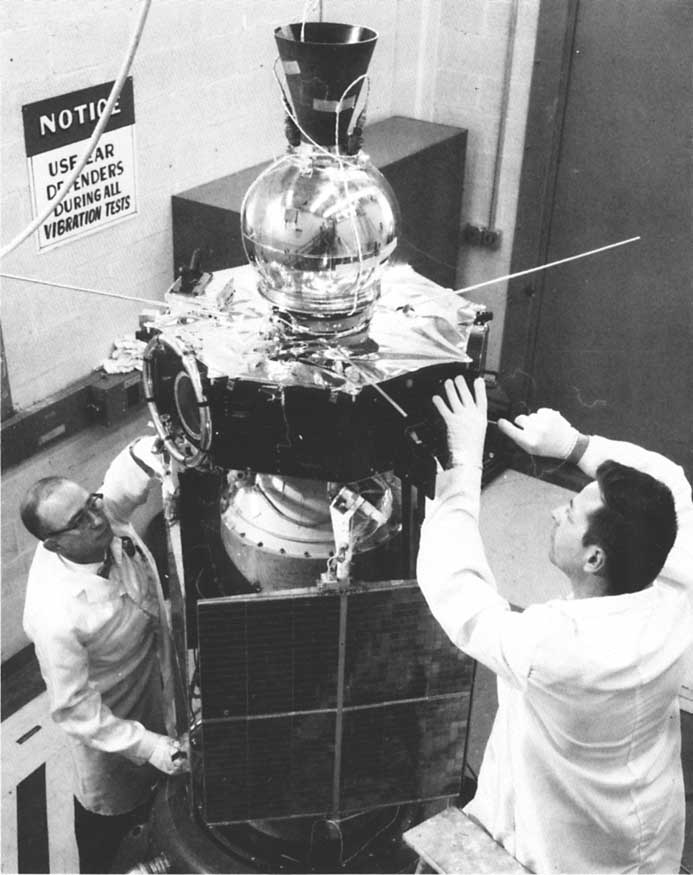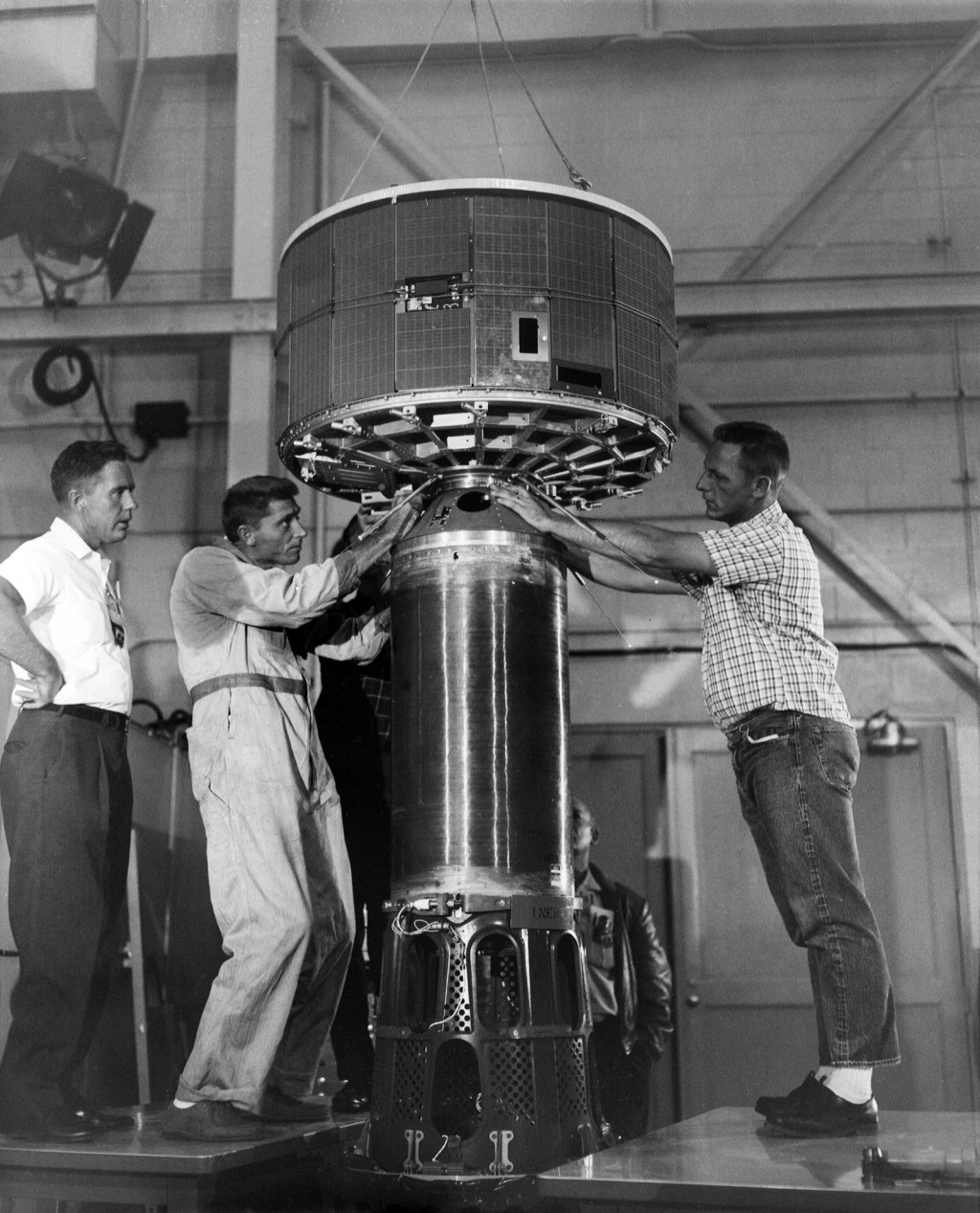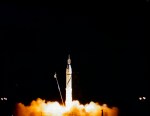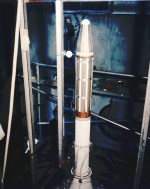Explorer 35
Type
Launch
Target
Objective
What was Explorer 35?
NASA's Explorer 35 studied the Moon from orbit for six years and discovered that the Moon has no magnetosphere, that solar wind particles impact directly onto the surface, and that the Moon creates a “cavity” in the solar wind stream. The satellite later impacted the lunar surface.
| Nation | United States of America (USA) |
| Objective(s) | Lunar Orbit |
| Spacecraft | AIMP-E |
| Spacecraft Mass | 230 pounds (104.3 kilograms) |
| Mission Design and Management | NASA / GSFC |
| Launch Vehicle | Thor Delta E-1 (Thor Delta E-1 no. 50 / Thor no. 488/DSV-3E) |
| Launch Date and Time | July 19, 1967 / 14:19:02 UT |
| Launch Site | Cape Canaveral, Fla. / Launch Complex 17B |
| Scientific Instruments | 1. Magnetometers 2. Thermal Ion Detector 3. Ion Chambers and Geiger Tubes 4. Geiger Tubes and P-on-N Junction 5. Micrometeoroid Detector 6. Faraday Cup |
In Depth: Explorer 35
Explorer 35, also known as the Anchored Interplanetary Monitoring Platform (AIMP-E or AIMP-6) was designed to study interplanetary space phenomena, particularly the solar wind, the interplanetary magnetic field, dust distribution near the Moon, the lunar gravitational field, the weak lunar ionosphere, and the radiation environment.
The spacecraft left Earth on a direct ascent trajectory and entered lunar orbit on July 21, 1967, after a 23-second burn. The main engine separated 2 hours later, the spacecraft having entered an initial elliptical orbit of 497 × 4,780 miles (800 × 7,692 kilometers) at 147 degree inclination.
The spacecraft, similar to Explorer 33, which had failed to achieve lunar orbit, found that the Moon has no magnetosphere, that solar wind particles impact directly onto the surface, and that the Moon creates a “cavity” in the solar wind stream.
After six years of successful operation, the satellite was turned off on June 24, 1973. The lunar satellite later impacted on the surface, although the precise location remains unknown.
Explorer 35 was launched by the 50th Thor Delta booster, of which only three had failed to date, giving it a 94% success rating.
Key Source
Siddiqi, Asif A. Beyond Earth: A Chronicle of Deep Space Exploration, 1958-2016. NASA History Program Office, 2018.











